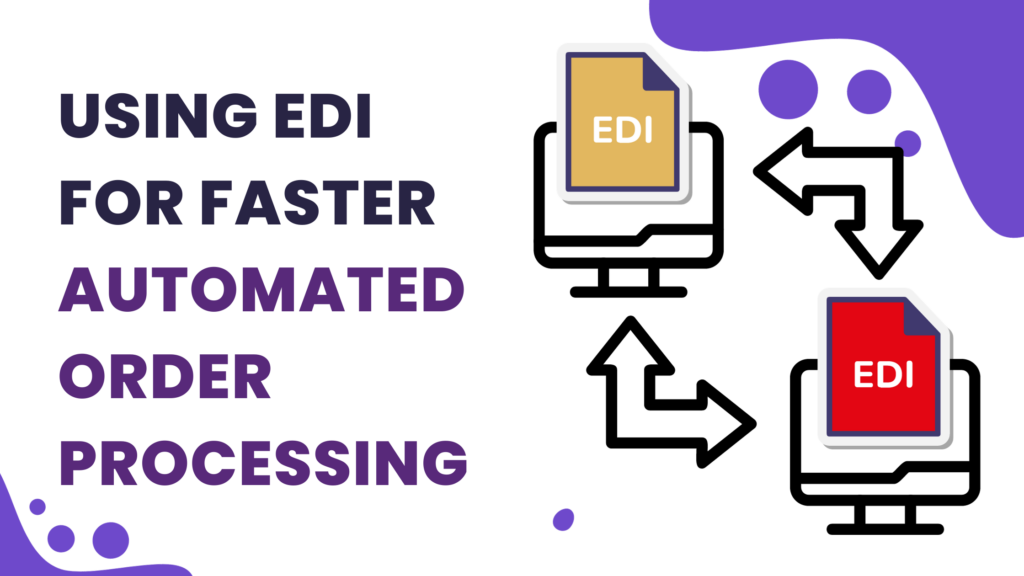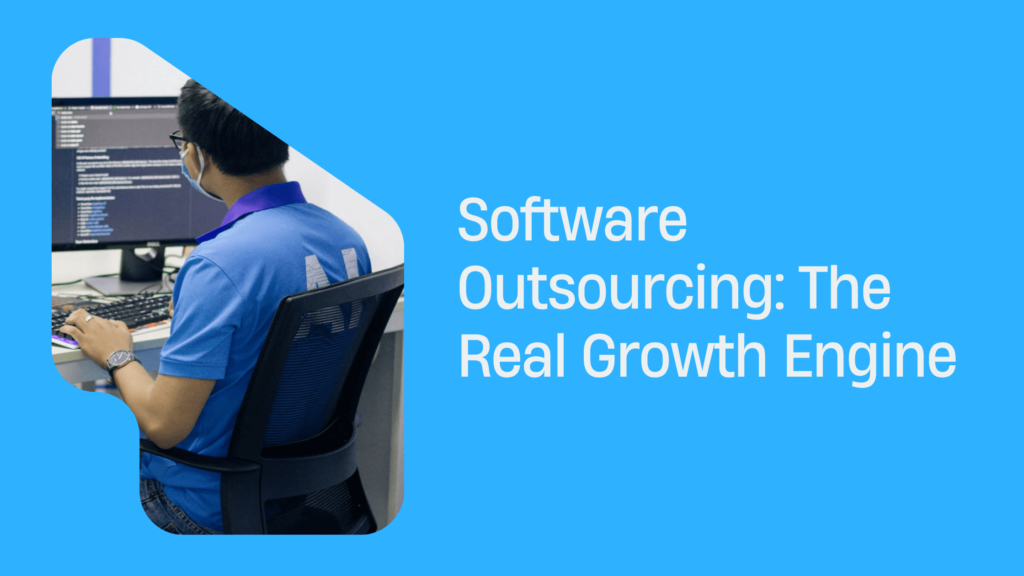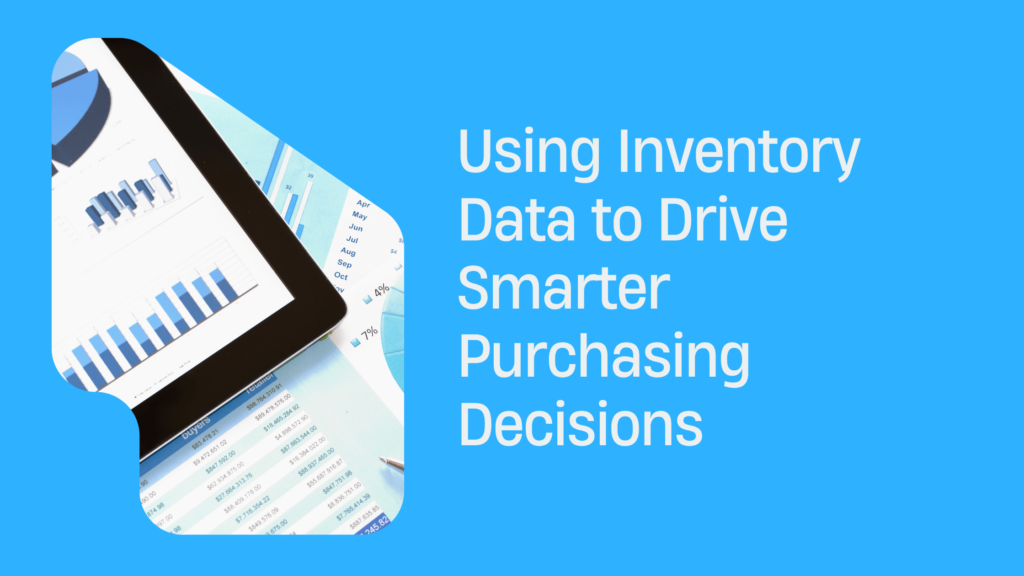Using EDI for Faster Automated Order Processing
The growth of ecommerce has drastically changed the way retailers handle orders, emphasizing the need for a robust ecommerce shipping solution. One such solution that has emerged as a game-changer is Electronic Data Interchange (EDI) order processing. By automating the exchange of order information between retailers and suppliers, EDI streamlines supply chain management, reduces errors, and improves customer satisfaction through automated order processing and EDI automation.
What is EDI?
Electronic Data Interchange (EDI) is a computer-to-computer exchange of standard business documents in a digital format. It enables organizations to electronically exchange documents, such as invoices, purchase orders, and other business records, over the internet or other networks. EDI ordering eliminates manual data entry and is considered one of the most important business process improvements in modern times.
EDI standards define the structure and syntax of these electronic documents, ensuring seamless communication between trading partners. There are several major EDI standards in use today, including ANSI ASC X12, EDIFACT, VDA, and TRADACOMS. These standards enable companies to replace paper-based data exchange with an automated, digital process.
EDI in Retail Order Processing and Inventory Management
The Four Major Components of an EDI System
For any EDI system to be successful, it must have four major components:
- Standardized data formats: EDI systems use standardized formats to exchange data between two systems, eliminating potential human errors when manually inputting data.
- Software for exchanging data: EDI requires computer-based technology that enables data transmission between trading partners. This software allows businesses to quickly and efficiently exchange EDI documents, such as purchase orders, invoices, and shipping notices.
- Message translation: EDI technology ensures that both parties understand the data transmitted by translating different types of messages into a specific format, such as XML or EDIFACT.
- Secure communication channels: EDI ensures secure communication between trading partners by sending data in a specific format accessible to both parties. It also provides authentication through digital signatures and encryption for secure exchange, allowing businesses to sign documents digitally with enhanced security.
EDI Order Processing: Streamlining Order Management
Electronic Data Interchange (EDI) revolutionizes order processing for retailers by facilitating the secure and efficient exchange of business documents with suppliers. This transformative technology automates data transmission, replacing traditional time-consuming manual procedures prone to errors and delays. Through standardized electronic formats, EDI automation eliminates the risks associated with paper-based transactions, significantly enhancing the accuracy and effectiveness of order management.
EDI order entry empowers retailers to electronically transmit EDI purchase orders, invoices, and delivery notes to vendors, manufacturers, and other trading partners. This innovative approach eliminates the inefficiencies of manual processes such as faxing or mailing, resulting in tangible cost and time savings. Furthermore, EDI mitigates the risk of errors and delays inherent in manual data entry, fostering improved communication and collaboration with suppliers. By ensuring standardized and accurate order transmission, retailers can expect seamless processing, faster delivery times, and precise inventory monitoring.
Prior to entering the EDI system, orders undergo a rigorous validation process to guarantee precision and adherence to established trading partner requirements. This ensures data integrity and eliminates potential discrepancies. Once processed by the supplier, EDI orders remain readily accessible for both parties, enabling transparent order management and enhanced visibility throughout the supply chain. Moreover, the EDI system automatically archives all related documents and data, creating a comprehensive historical record of interactions and facilitating future collaboration.
How Does the EDI Process Work?
The EDI process begins when an order is sent from one business partner to another. The order is transmitted via a secure, automated order management system using XML or EDI standards. The supplier’s system receives the order, validates it, and responds to the sender in case of errors.
Once the order is validated, the supplier’s EDI system processes it. This involves creating an electronic invoice and sending it back to the buyer, along with any other required documents. The entire process is completed quickly and securely, eliminating manual errors and increasing efficiency. Payment is sent to the supplier once the invoice and other documents are approved by the buyer, completing the EDI order process.
Common EDI Transactions
EDI transactions are electronically exchanged documents that follow specific formats and codes. These codes quickly identify the type of transaction, making it easy to automate data exchange and track transaction records. Some common EDI transaction codes include:
- EDI 810: Invoice
- EDI 850: Purchase Order
- EDI 855: Purchase Order Acknowledgment
- EDI 856: Advance Shipping Notice/Dock Receipt
- EDI 869: Order Status Inquiry
- EDI 870: Order Status Report
- EDI 879: Price Information
- EDI 940: Warehouse Shipping Order
- EDI 997: Functional Acknowledgment
These globally accepted codes help reduce errors, lower transaction costs, and enable effective communication between trading partners.
Choosing an EDI Order Processing System
When selecting an EDI order processing system, it’s important to consider the needs of your business and suppliers. The system should be compatible with your supplier’s EDI system, allowing for seamless data exchange. Cost, functionality, scalability, and support should also be taken into account.
Ensure that the chosen system can easily integrate with your existing order management, shipping, inventory, and financial programs. This will prevent any process interruptions and ensure smooth operations. Consider the cost of setting up and using the system, comparing different suppliers, services, and plans to find the most economical option. A team of React developers will be instrumental in ensuring that the system is not only functional but also scalable as your business grows.
Functionality is another crucial aspect to consider. Look for a system that includes robust analytics, advanced search capabilities, and comprehensive reporting tools to monitor and manage EDI orders effectively. Scalability is essential to accommodate your company’s growth, ensuring the system can handle increased transactions, customers, and data. Finally, prioritize customer support, ensuring the system provider offers round-the-clock assistance and resolves any software issues promptly.
Data security is paramount when choosing an EDI order processing system. Ensure the system has robust security measures in place, including firewalls, NIS2 compliance solutions, threat prevention, access control systems, and encryption to protect data from unauthorized access or malicious attacks.
Advantages of an EDI Order Processing System
Implementing an EDI order processing system offers several advantages for retailers and suppliers:
Increased efficiency and accuracy: EDI processing reduces manual errors, improves accuracy by automatically validating data, and provides faster turnaround times, saving up to 61% of the time it would take to process orders manually.
Reduced costs: By decreasing manual labor and eliminating paper usage, EDI systems significantly reduce the cost of processing orders, resulting in substantial savings for businesses.
Improved visibility of inventory levels and shipping information: EDI order processing systems enhance visibility, making it easier to track inventory levels and monitor the progress of shipments. This enables better planning for future EDI orders.
Enhanced customer service: EDI simplifies and speeds up the ordering process, reducing delays and ensuring accurate order processing. Automated order tracking allows customers to monitor their orders, improving their overall experience.
Improved return on investment (ROI): An EDI order processing system streamlines the order processing workflow, resulting in faster turnaround times and reduced resource requirements. This leads to an improved ROI for businesses.
Get Started with EDI Order Processing
When it comes to EDI order processing, businesses need a reliable partner that can meet their needs. Inventory Source is a trusted provider of scalable and flexible solutions for global fulfillment. With our vast experience and comprehensive support, we offer a borderless ecommerce supply chain ecosystem.
Our EDI order processing system seamlessly integrates with your existing systems, ensuring smooth data exchange with your trading partners. We provide robust analytics, advanced search capabilities, and reporting tools to help you monitor and manage orders effectively. Our scalable platform can handle increased transactions, customers, and data as your business grows.
At Inventory Source, we prioritize customer support, offering round-the-clock assistance and prompt resolution of any software issues. Our commitment to data security ensures your sensitive information is protected through layered security measures.
Contact a fulfillment advisor at Inventory Source today to take your ecommerce operations to the next level. With our dependable processes and support team, you can expand into big-box stores with confidence, knowing that your business is in good hands.





